South Carolina
Slavery was not limited to the Western Hemisphere. The trans-Saharan slave trade had long supplied enslaved African labor to work on sugar plantations in the Mediterranean alongside white slaves from Russia & the Balkans. This same trade also sent as many as 10,000 slaves a year to serve owners in North Africa, the Middle East, & the Iberian Peninsula.
Cartouche Shipping Hogsheads of Tobacco from Frye-Jefferson map of Virginia, 1755
Of the millions of immigrants who survived the crossing of the Atlantic & settled in the Western Hemisphere between 1492 -1776, only about 1 million were Europeans. The remaining were African. An average of 80 % of these enslaved Africans—men, women, & children—were employed, mostly as field-workers. Women as well as children worked in some capacity.
More than half of the enslaved African captives in the Americas were employed on sugar plantations. Sugar developed into the leading slave-produced commodity in the Americas. During the 16th & 17th centuries, Brazil dominated the production of sugarcane. One of the earliest large-scale manufacturing industries was established to convert the juice from the sugarcane into sugar, molasses, & eventually rum, the alcoholic beverage of choice of the triangular trade. The profits made from the sale of these goods in Europe, as well as the trade in these commodities in Africa, were used to purchase more slaves.
Tobacco Advertisement Card, Newman’s Best Virginia, 1700s
By 1750, both free & enslaved black people in the British American colonies, despite the hardships of their lives, manifested a deepening attachment to America. The majority of blacks by now had been born in America, rather than in Africa. While a collective cultural memory of Africa was maintained, personal & direct memories had waned. Slave parents began to give their children biblical rather than African names.
Tobacco Label, Ford’s Virginia
During the British American colonial period in the United States, tobacco was the dominant slave-produced commodity. During the colonial era, 61% of all American slaves -- nearly 145,000 -- lived in Virginia & Maryland, working the tobacco fields in small to medium-sized gangs. Planters who owned hundreds of slaves often divided them among several plantations. In the North & the Upper South, masters & bondpeople lived close to each other. Rice & indigo plantations in South Carolina also employed enslaved African labor. The South Carolina & Georgia coastal rice belt had a slave population of 40,000. Because rice requires precise irrigation & a large, coordinated labor force, enslaved people lived & worked in larger groups. Plantation owners lived in towns like Charleston or Savannah & employed white overseers to manage their far-flung estates. Overseers assigned a task in the morning, & slaves tended to their own needs, when the assigned work was completed. The region was atypical, because of its more flexible work schedules and more isolated and independent slave culture.
Indigo Production South Carolina. William DeBrahm, A Map of South Carolina and a Part of Georgia London, published by Thomas Jeffreys, 1757.
Exhausted land caused a decline in tobacco production, & the American Revolution cost Virginia & Maryland their principal European tobacco markets, & for a brief period of time after the Revolution. The future of slavery in the United States was in jeopardy. Most of the northern states abolished it, & even Virginia debated abolition in the Virginia Assembly.
Slave Auction. New York Illustrated News; January 26, 1861
The invention of the cotton gin in 1793, gave slavery a new life in the United States. Between 1800 - 1860, slave-produced cotton expanded from South Carolina & Georgia to newly colonized lands west of the Mississippi. This shift of the slave economy from the upper South (Virginia & Maryland) to the lower South was accompanied by a comparable shift of the enslaved African population to the lower South & West.
Hauling Cotton US South. Harper's New Monthly Magazine (1853-54)
After the abolition of the slave trade in 1808, the principal source of the expansion of slavery into the lower South was the domestic slave trade from the upper South. By 1850, 1.8 million of the 2.5 million enslaved Africans employed in agriculture in the United States were working on cotton plantations.
Picking Cotton. Ballou's Pictorial (Boston, Jan. 23, 1858)
The vast majority of enslaved Africans employed in plantation agriculture were field hands. Some coastal owners used slaves as fishermen. Even on plantations, however, they worked in many other capacities. Some were domestics & worked as butlers, waiters, maids, seamstresses, & launderers. Others were assigned as carriage drivers, hostlers, & stable boys. Artisans—carpenters, stonemasons, blacksmiths, millers, coopers, spinners, & weavers—were also employed as part of plantation labor forces.
Slave Auction. The Illustrated London News; February 16, 1861
Enslaved Africans also worked in urban areas. Upward of 10% of the enslaved African population in the United States lived in cities. Charleston, Richmond, Savannah, Mobile, New York, Philadelphia, & New Orleans all had sizable slave populations. In the southern cities, they totaled approximately a third of the population.
Edwin Forbes (1839-1895) Stacking Wheat in Culpepper, Virginia 1863
The range of slave occupations in cities was vast. Domestic servants dominated, but there were carpenters, fishermen, coopers, draymen, sailors, masons, bricklayers, blacksmiths, bakers, tailors, peddlers, painters, & porters. Although most worked directly for their owners, others were hired out to work as skilled laborers on plantations, on public works projects, & in industrial enterprises. A small percentage hired themselves out & paid their owners a percentage of their earnings.
Picking Cotton US South Harper's New Monthly Magazine (1853-54)
Each plantation economy was part of a larger national & international political economy. The cotton plantation economy, for instance, is generally seen as part of the regional economy of the American South. By the 1830s, "cotton was king" indeed in the South. It was also king in the United States, which was competing for economic leadership in the global political economy. Plantation-grown cotton was the foundation of the antebellum southern economy.
Ginning Cotton US South Harper's New Monthly Magazine (1853-54)
The American financial & shipping industries were also dependent on slave-produced cotton, as was the British textile industry. Cotton was not shipped directly to Europe from the South. Rather, it was shipped to New York & then transshipped to England & other centers of cotton manufacturing in the United States & Europe. As the cotton plantation economy expanded throughout the southern region, banks & financial houses in New York supplied the loan capital &/or investment capital to purchase land & slaves.
Harvesting Sugar Cane, Louisiana Harper's New Monthly Magazine (1853)
As an inexpensive source of labor, enslaved Africans in the United States also became important economic & political capital in the American political economy. Enslaved Africans were legally a form of property—a commodity. Individually & collectively, they were frequently used as collateral in all kinds of business transactions. They were also traded for other kinds of goods & services.
Slave Market. Harper's Weekly, January 24, 1863
The value of the investments slaveholders held in their slaves was often used to secure loans to purchase additional land or slaves. Slaves were also used to pay off outstanding debts. When calculating the value of estates, the estimated value of each slave was included. This became the source of tax revenue for local & state governments. Taxes were also levied on slave transactions.
Planting Rice US South. Harper's Monthly Magazine (1859)
Politically, the U.S. Constitution incorporated a feature that made enslaved Africans political capital—to the benefit of southern states. The so-called three-fifths compromise allowed the southern states to count their slaves as three-fifths of a person for purposes of calculating states' representation in the U.S. Congress. Thus the balance of power between slaveholding & non-slaveholding states turned, in part, on the three-fifths presence of enslaved Africans in the census. Slaveholders were taxed on the same three-fifths principle, & no taxes paid on slaves supported the national treasury. In sum, the slavery system in the United States was a national system that touched the very core of its economic & political life.
See:
Schomburg Center for Research in Black Culture.
Jubilee: The Emergence of African-American Culture, ed. Howard Dodson. Washington, D.C.: The National Geographic Society. 2003.
www.slaveryimages.org, compiled by Jerome Handler and Michael Tuite, and sponsored by the Virginia Foundation for the Humanities and the University of Virginia Library.







,.jpg)


+Stacking+Wheat+in+Culpepper,+Virginia+1863.jpg)
,.jpg)
.jpg)
.jpg)

.jpg)







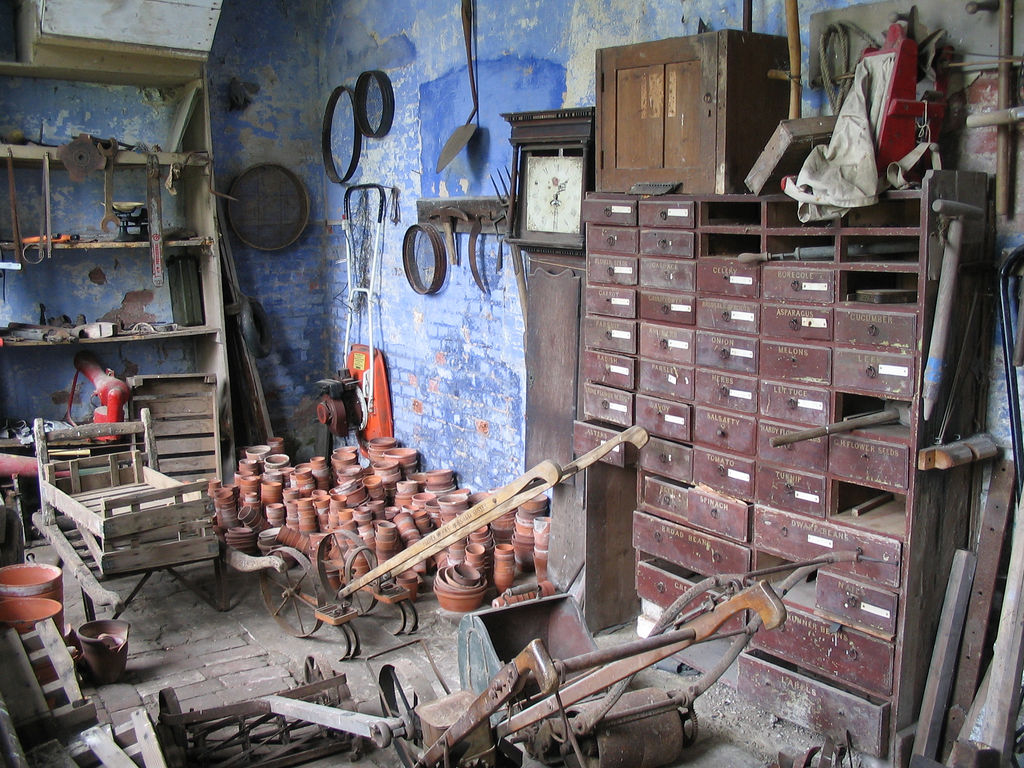

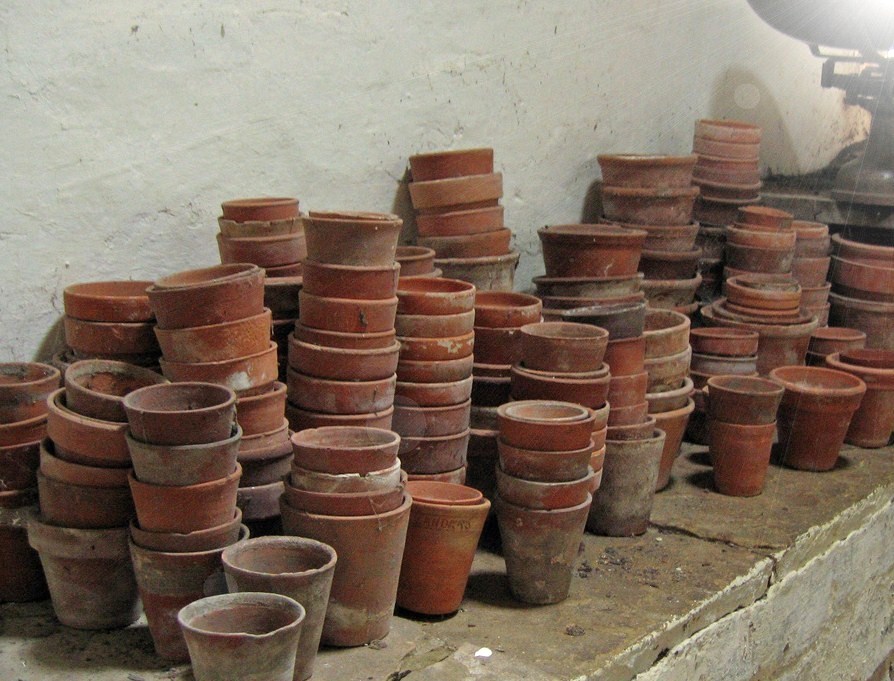


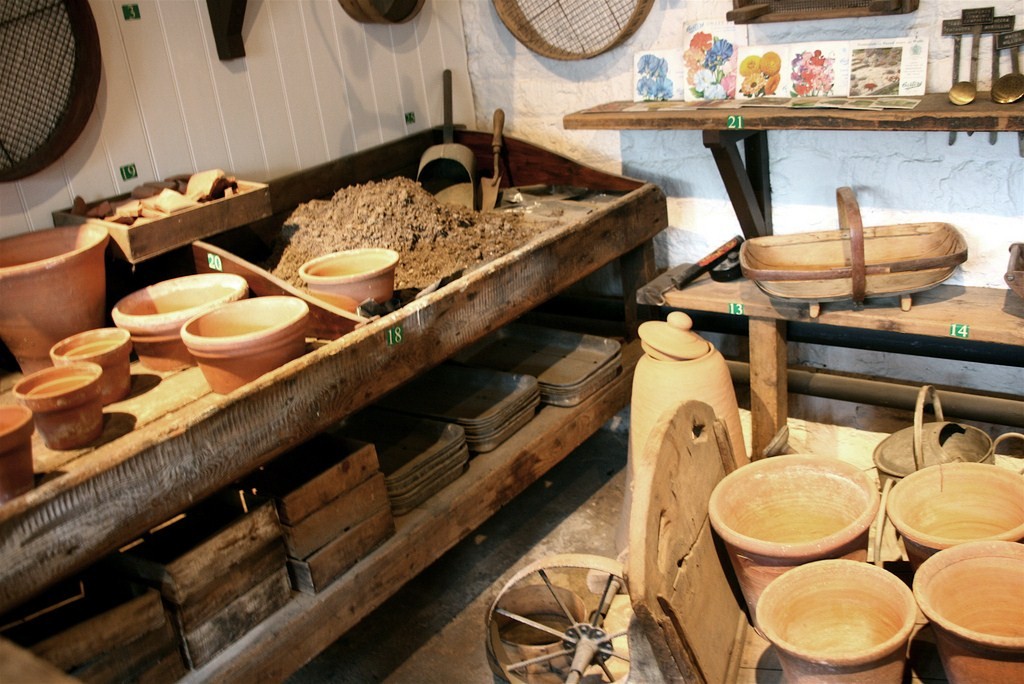

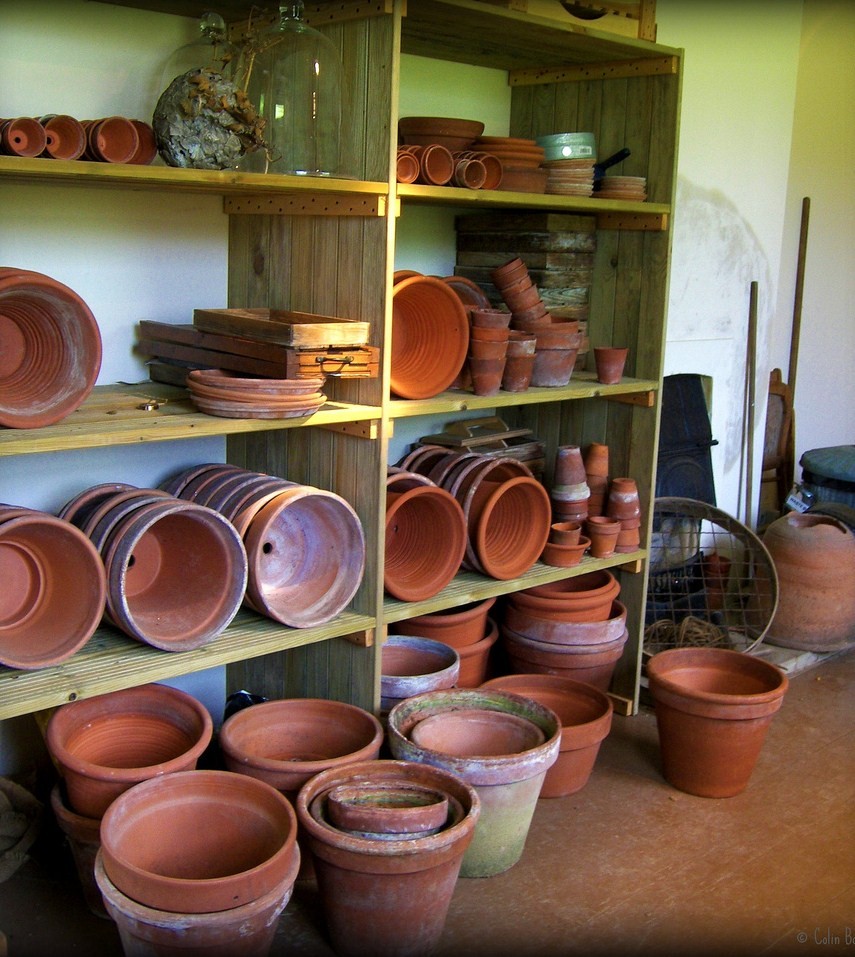


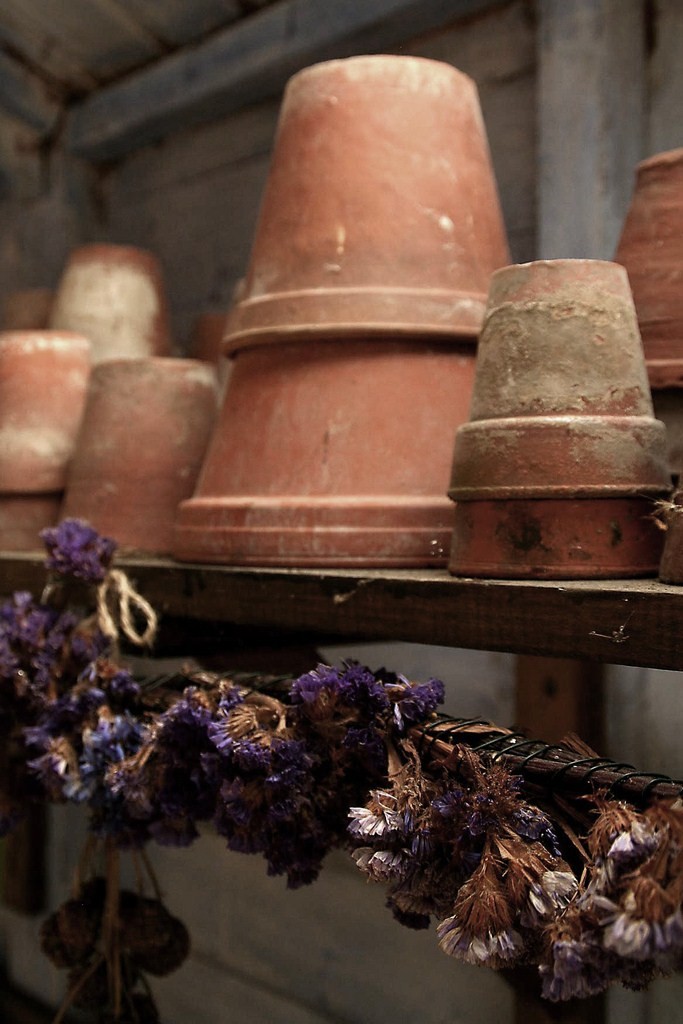
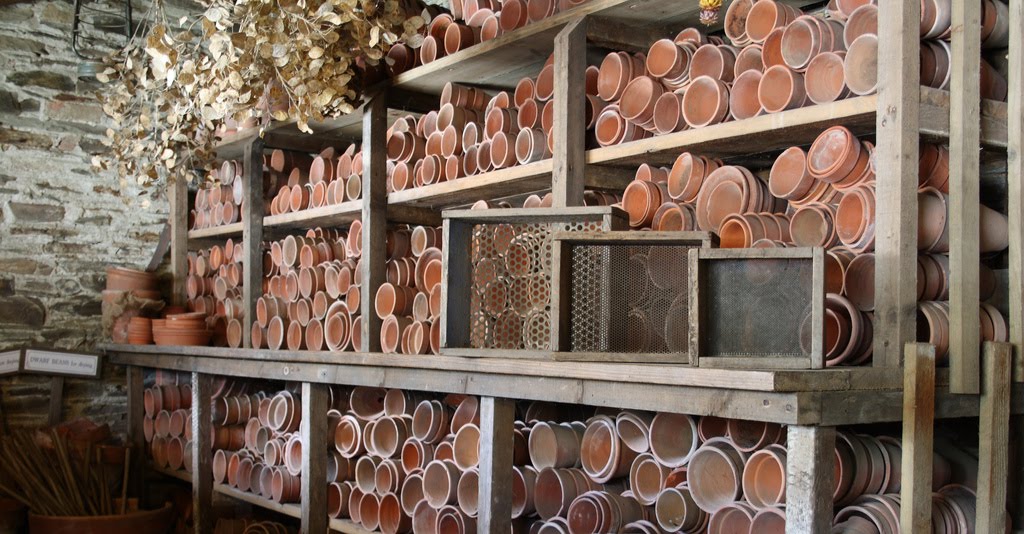
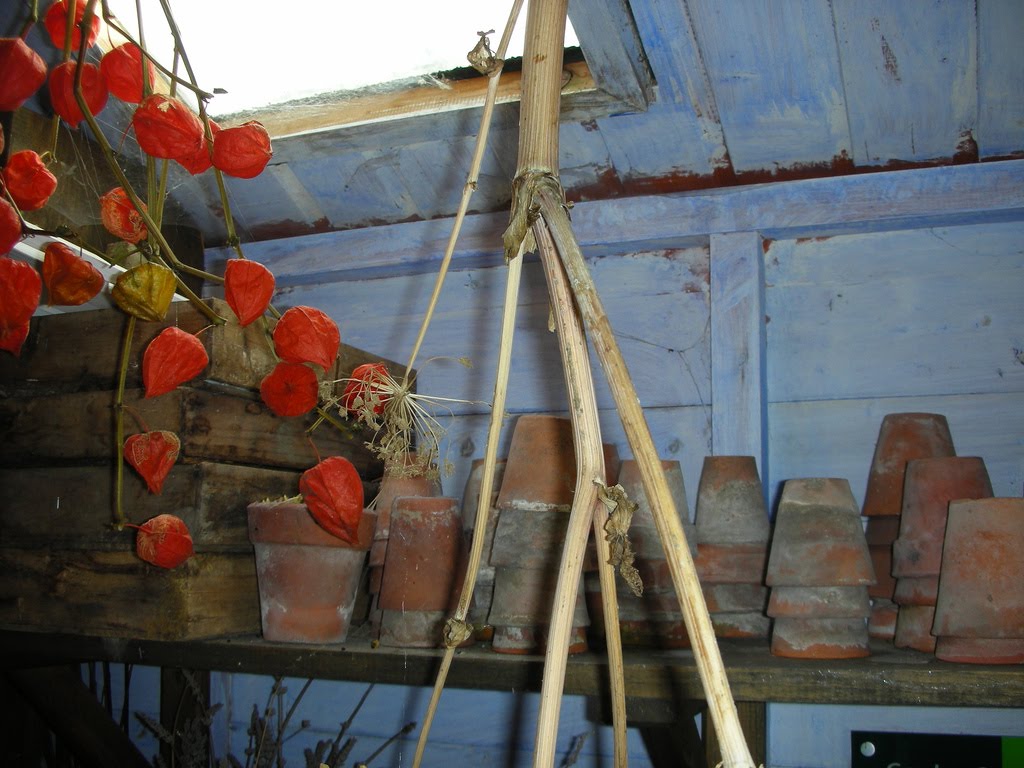
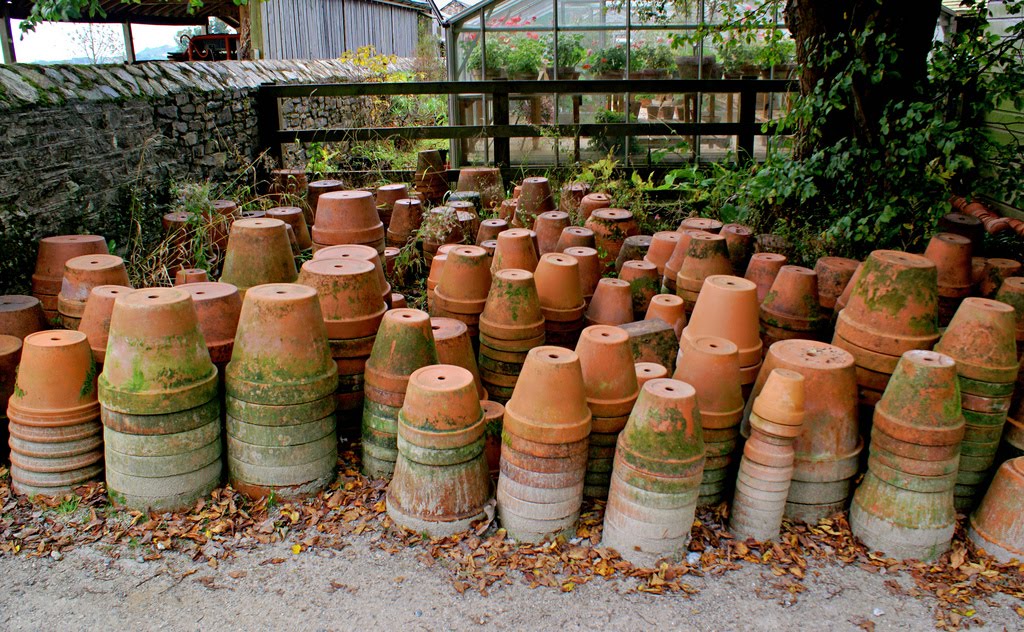
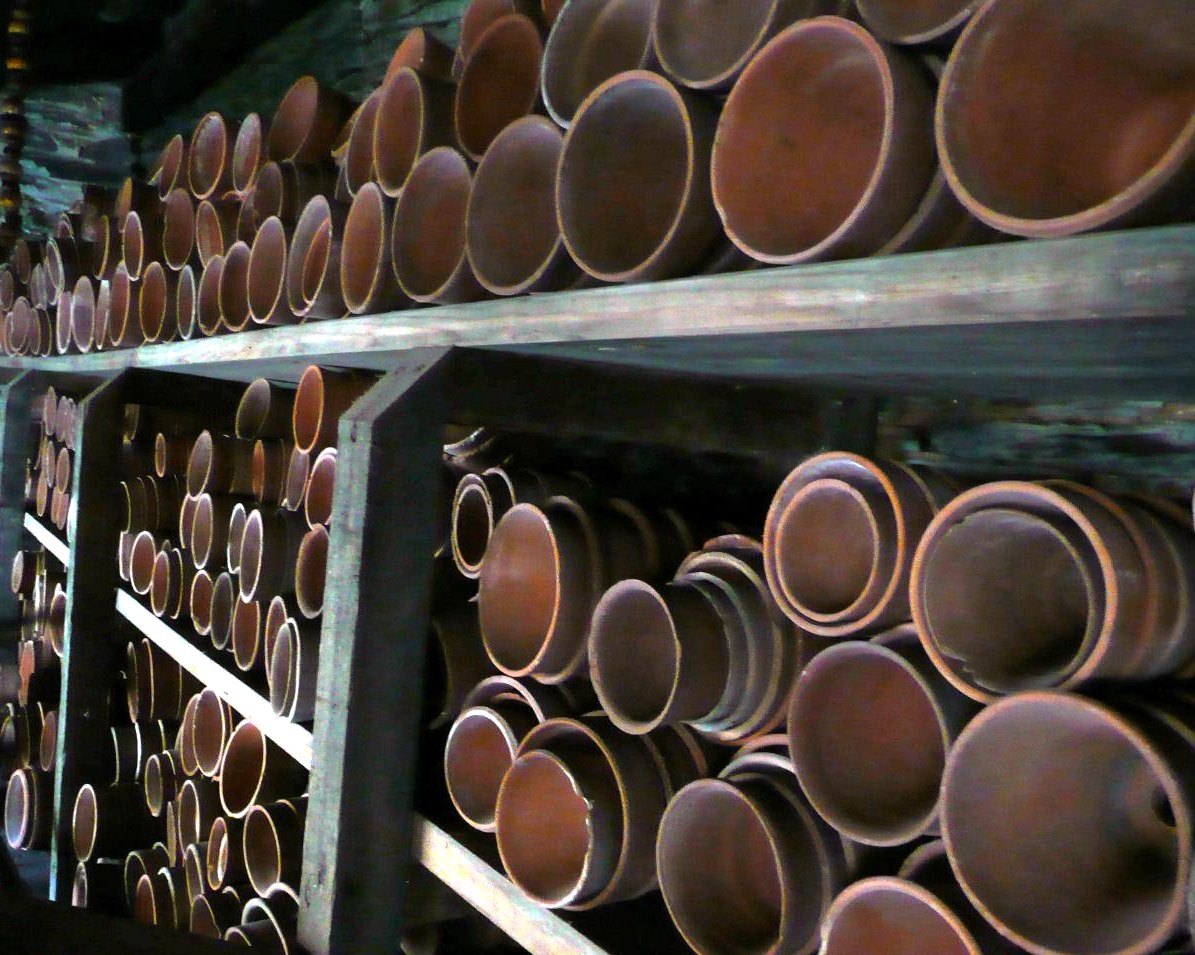

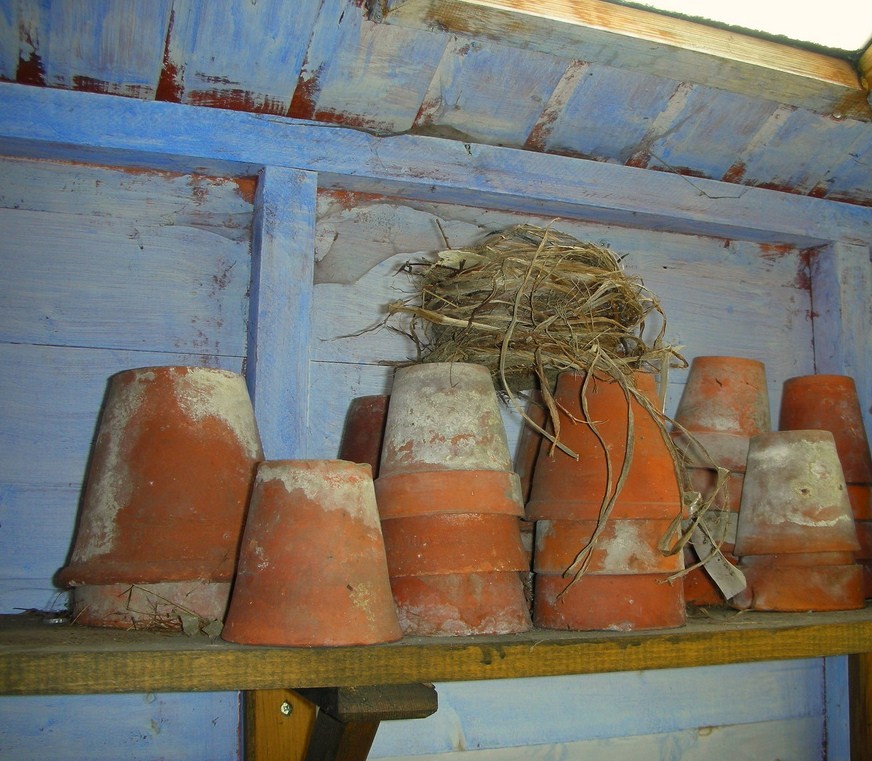



++Terminal+Figure+of+Ceres+1911.jpg)







+Parterre+du+Nord,+Fontaine+des+Sirenes+1913.jpg)

+The+Dovecote.jpg)






